I hope you enjoy reading this blog post.
If you want to get more traffic, Contact Us

Click Here - Free 30-Minute Strategy Session
Be quick! FREE spots are almost gone for this Month. Free Quote
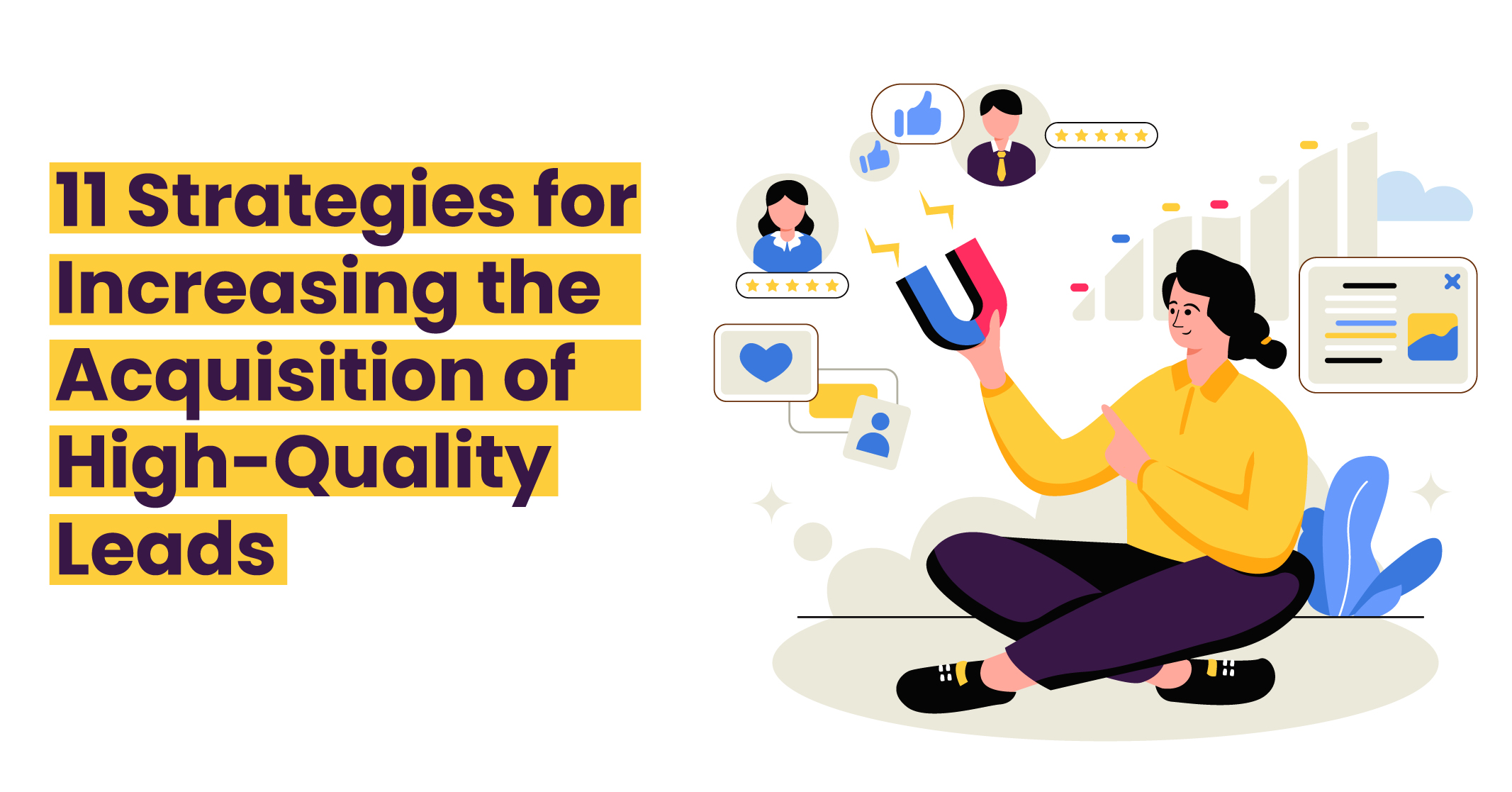
Are you struggling to generate leads for sales and for your business? Don’t worry, you’re not alone. Many business owners face the challenge of acquiring qualified leads effectively. While traditional methods like cold emailing or random social media posting may keep you busy, they don’t necessarily yield the desired results.
To tackle this problem, it’s essential to have a comprehensive lead generation strategy in place. This involves identifying your target market, implementing effective branding and marketing techniques, and creating compelling content that resonates with your audience.

Click Here – Free 30-Minute Strategy Session
Be quick! FREE spots are almost gone for this Month
Lead generation is a dynamic process. Customer preferences and behaviours evolve constantly, demanding continuous adaptation of your strategies. Outdated and inefficient tactics won’t suffice in today’s competitive digital landscape. What you need are proven techniques to attract and convert leads effectively.
That’s where we can assist you.
Below, we’ll share precise and effective lead generation tips to help you grow your business. But first, let’s delve into the fundamentals of lead generation and discuss its importance.
Learn More: Top 20 Lead Generation Ideas for your Online Success
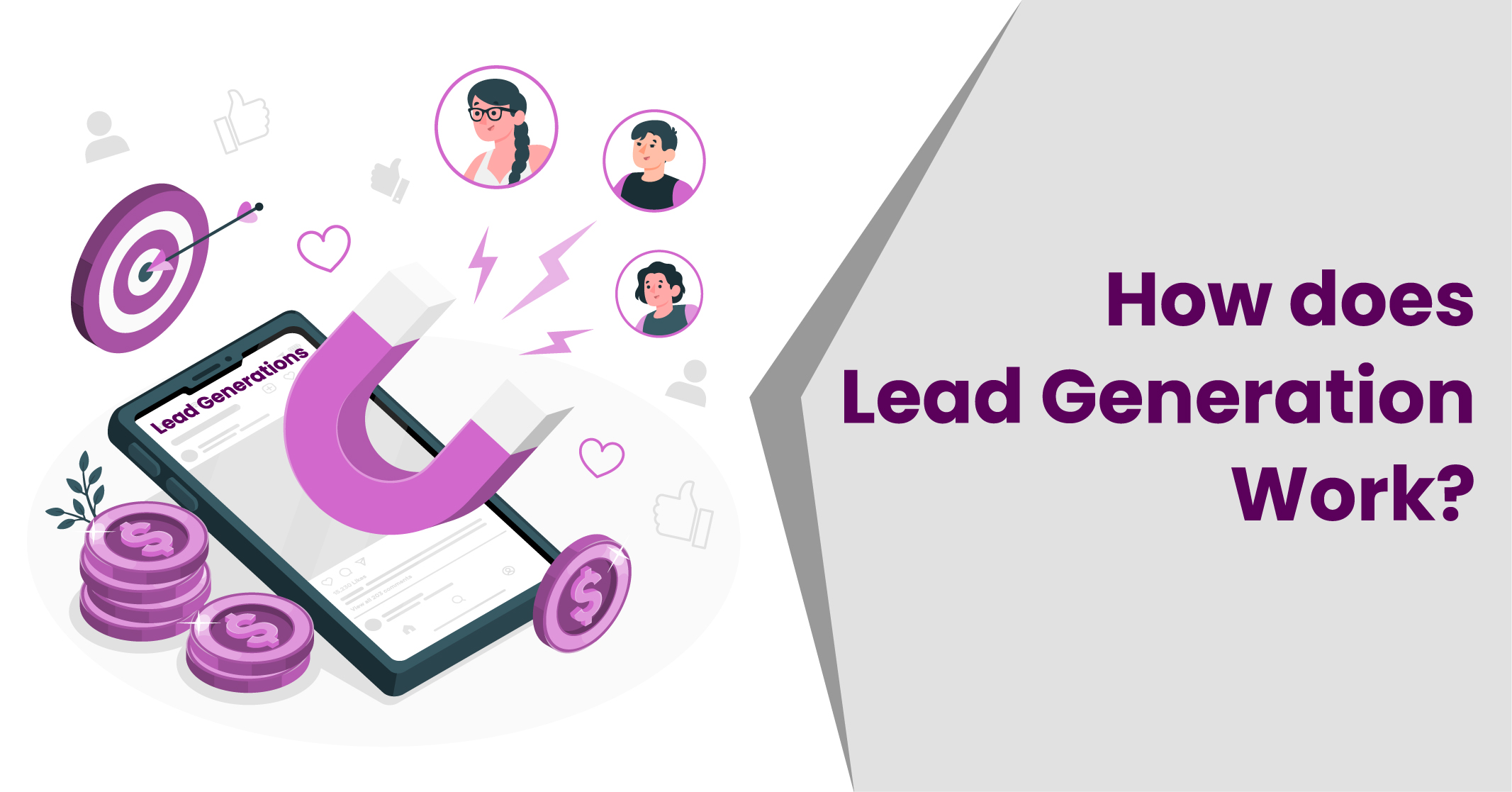
If you’re new to lead generation, it’s a straightforward concept.
What is lead generation in digital marketing?
Lead generation encompasses various strategies aimed at generating potential customers for your business. The lead generation process can be divided into two key stages.
Firstly, you need to drive traffic to your website or social media platforms. This can be achieved through methods like Google Ads or social media hashtag promotions.
Secondly, you aim to capture the contact details of these visitors, such as email addresses or phone numbers. Once you have their contact information, your marketing team can reach out to them and guide them through the sales funnel to convert them into paying customers.
Now, you may wonder if the goal is to acquire as many leads as possible. While quantity matters to an extent, what you truly need are qualified leads.
Consider this scenario: You purchase 1,000 random leads, but only two of them convert into paying customers. Alternatively, you could focus on running a targeted marketing campaign that generates 20 leads, out of which eight become paying customers.
This illustrates the difference between leads and qualified leads.
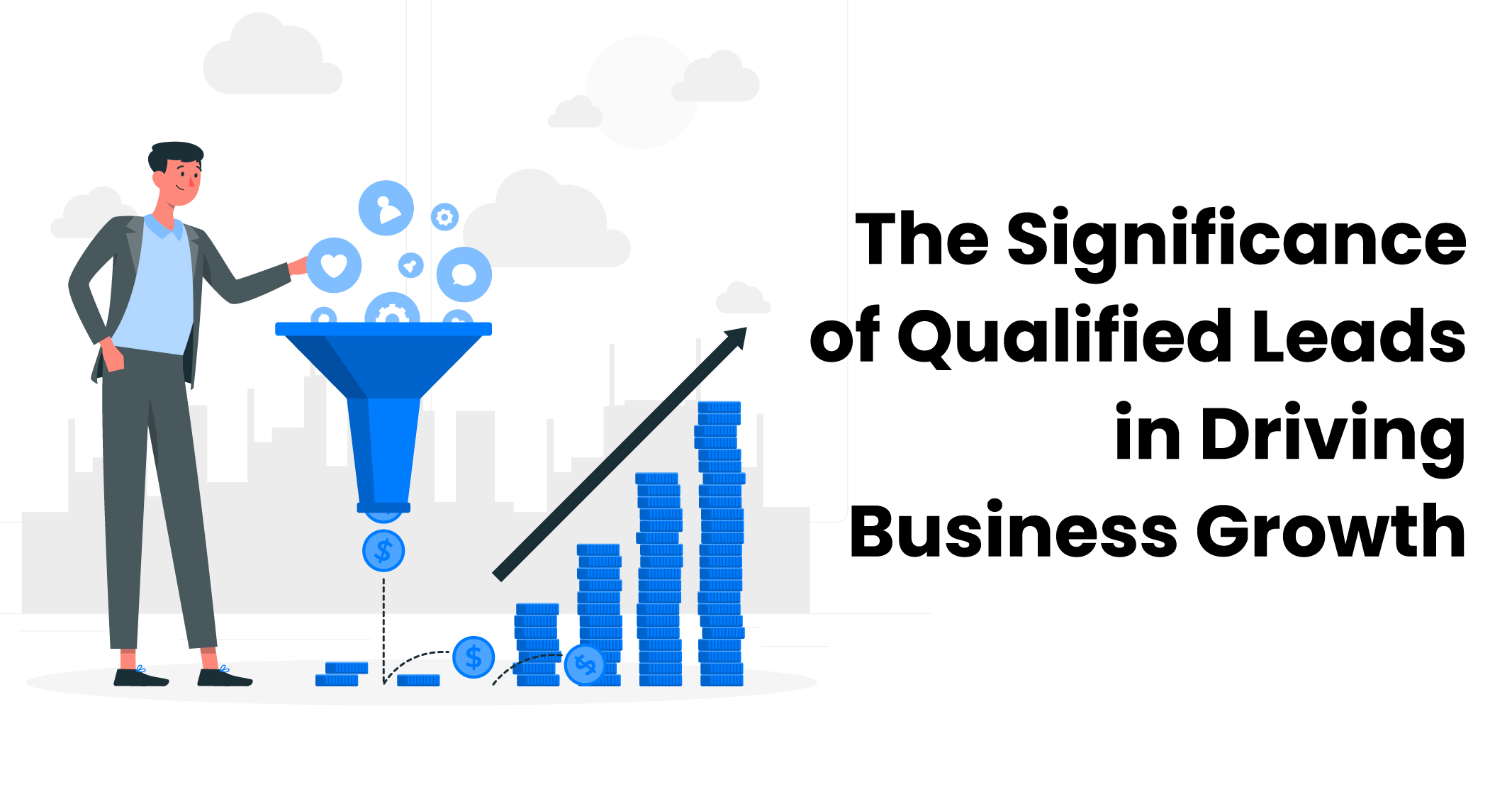
Generating leads and converting them into customers are two critical objectives for marketers.
These priorities hold significant importance for a reason.
By effectively identifying and qualifying leads, businesses can allocate their time and resources to individuals or companies with a higher likelihood of conversion into paying customers.
This targeted approach enables companies to streamline their sales processes, as sales teams can concentrate their efforts on building relationships with prospects more likely to convert. The outcome is increased revenue, improved profitability, and the establishment of long-term business sustainability.
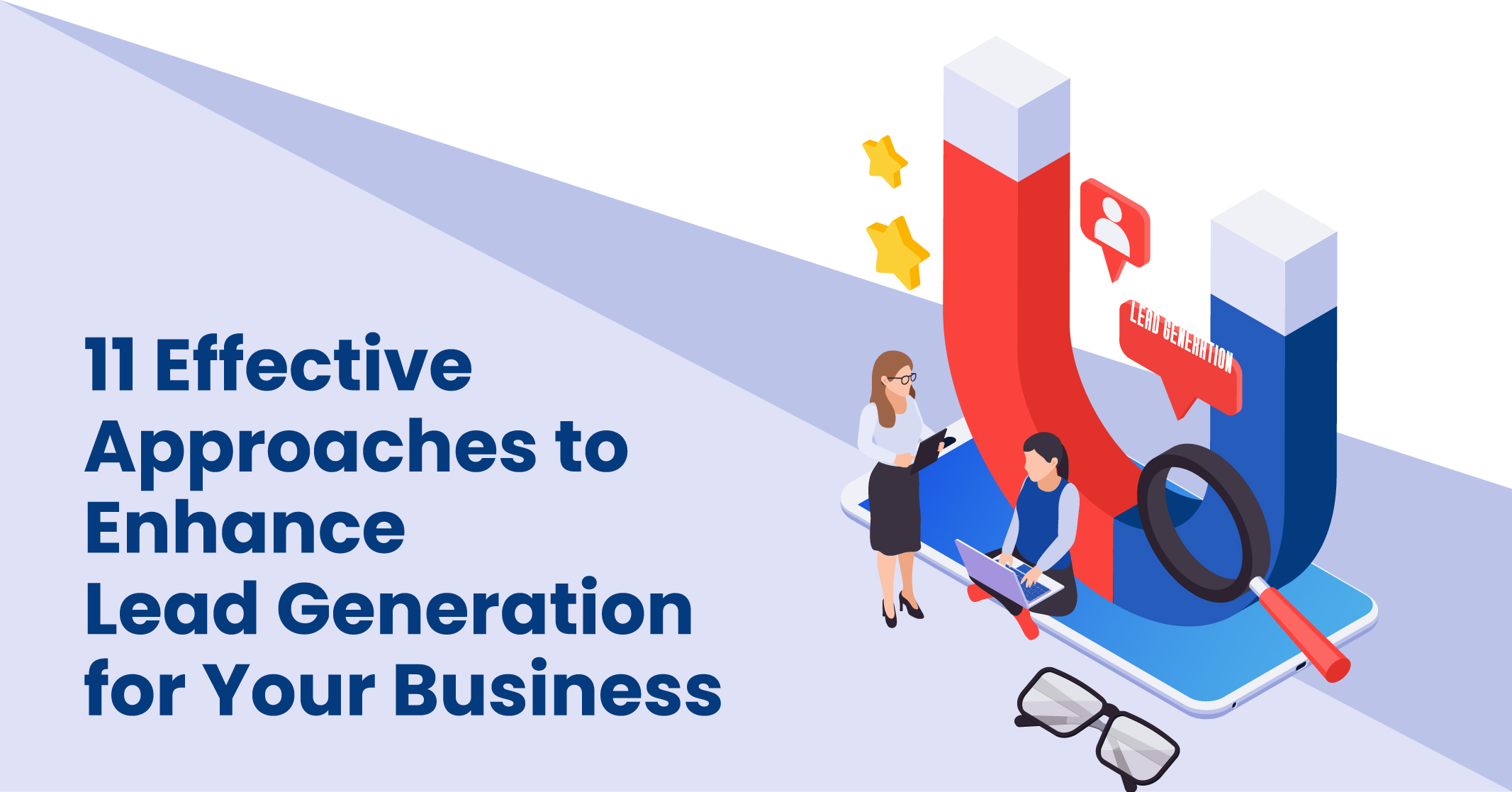
There are several approaches you can adopt to boost your lead generation efforts. However, it’s important to recognise that what works for one business may not be effective for another, considering factors such as industry and specific commercial goals.
To assist you in refining your strategy, here are 11 valuable lead generation tips to kickstart your efforts. We’ll begin by focusing on the optimisation of your landing page.
Your landing page is a vital component in acquiring qualified leads. Its purpose is to offer visitors something valuable in exchange for their information, ensuring an appealing offer.
Landing pages have higher conversion rates compared to other ads or offers, with some industries exceeding 10%. If your landing page’s conversion rate is not reaching double digits, optimising various elements should be a priority.
Key considerations for your landing page include:
Learn More: Generating Hyper Local PPC Landing Pages
When it comes to lead generation, targeting qualified leads is crucial to avoid wasting resources on prospects who won’t purchase your product. That’s why you must carefully focus your lead generation ads.
Finding your target audience and identifying target markets for paid campaigns have been extensively covered. However, it’s essential not to rush when evaluating ad performance. Don’t solely rely on metrics like landing page sign-ups or website purchases. While these are important indicators, the ultimate measure of success lies in how many people convert into long-term customers.
Consider this: A high-performing ad campaign may boast a signup conversion rate of 20%, but if only a small fraction of those sign-ups results in purchases, it isn’t truly effective. Conversely, a campaign with a lower signup conversion rate can be more successful at generating high-quality leads.
Keep in mind that gathering relevant data may require more time, but it will result in a targeted and effective ad campaign.
To enhance ad targeting, prioritise keywords with higher buyer intent. These are search terms that indicate users are closer to making a purchase.
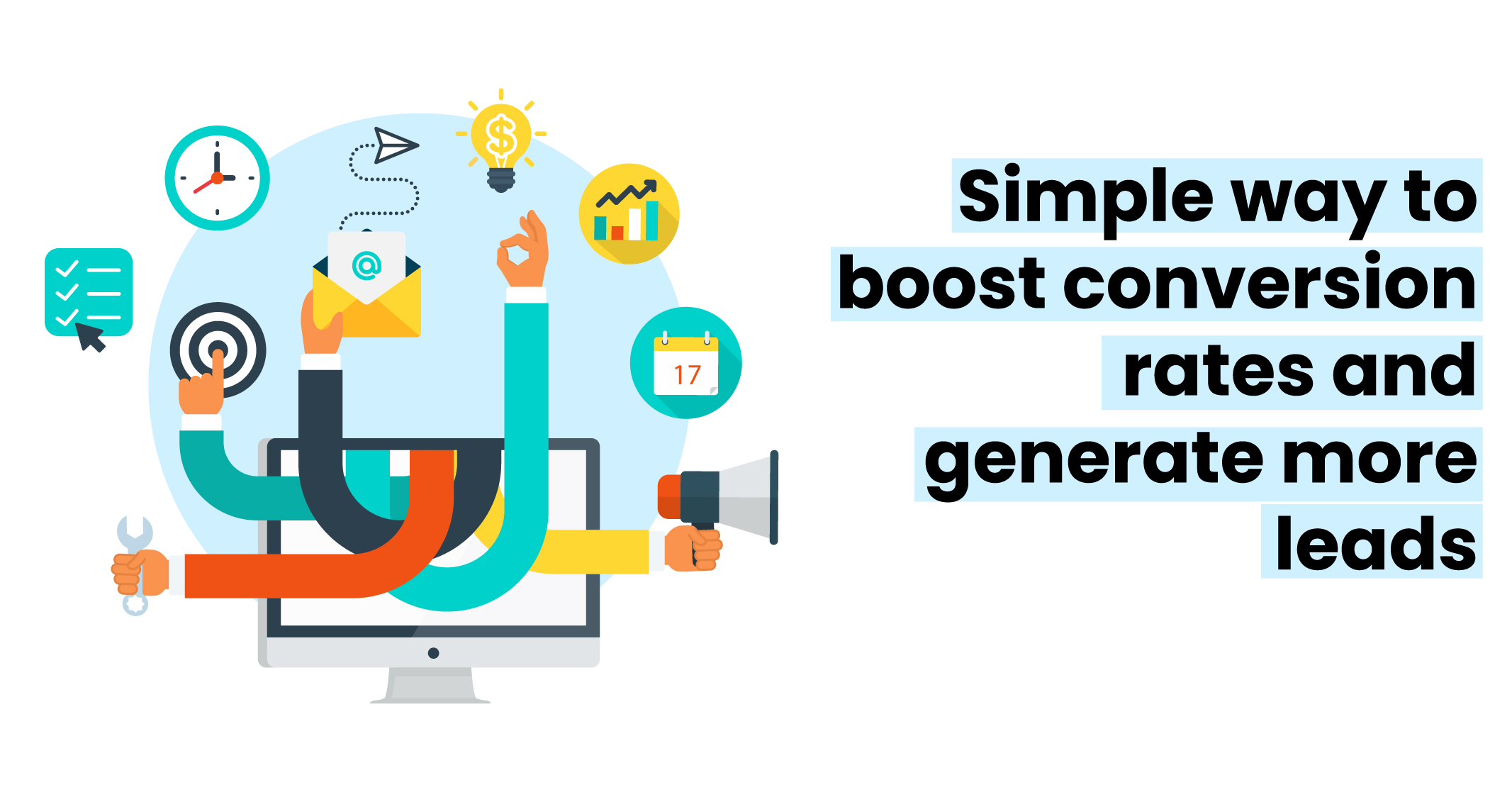
Research indicates that personalisation significantly influences consumer buying behaviour. According to McKinsey, 76% of consumers are more likely to consider purchasing from brands that offer personalised experiences. Additionally, 78% are more likely to refer friends and family to businesses that personalise, and 78% are more likely to become repeat buyers.
To incorporate personalisation into your lead generation campaigns, follow these steps:
Learn More: What Are Google Ads?
A call-to-action (CTA) serves as a prompt that encourages individuals to take specific actions. These actions can include:
CTAs play a crucial role in leading people into your sales funnel and generating more leads. Therefore, it is essential to craft them effectively. Your CTAs should ideally be clear, emotive, and concise, featuring strong action words. Depending on your target audience, you may also incorporate visual elements.
User-generated content (UGC) refers to content created by users rather than businesses. It can take various forms, including product reviews, videos, images, audio, and articles/posts.
UGC holds immense value in marketing. Consider it as free marketing for your brand, as you didn’t have to pay for this content. It is created by genuine individuals who genuinely appreciate your products or services and are eager to share their experiences with others. By incorporating UGC, you enhance your brand’s authenticity and credibility in the online space.
To leverage UGC for lead generation, showcase positive reviews on your website to create a favourable brand impression and motivate visitors to make a purchase.
Learn More: Ultimate Guide to SEO Content Creation!
Hosting a training webinar presents a valuable opportunity to showcase your expertise, attract leads, and create a positive impression of your business. Whether you operate in the B2B or B2C space, leveraging webinars for lead generation follows a similar process.
By following these steps, you can effectively leverage training webinars to demonstrate your knowledge, engage with potential leads, and foster meaningful connections.
Learn More: 5 Ways to Convert Organic Traffic into Qualified Leads
Are you utilising enough platforms to advertise your landing page and gated content? It’s crucial to expand your reach.
In today’s customer journey, the conversion process often spans over a month or longer. It’s unlikely that visitors will convert into customers on their initial site visit or upon encountering your landing page. Studies indicate that it takes multiple touches, at least eight or more, to generate a conversion. In some cases, it may require 50 or more touches, depending on the buyer’s stage.
To maintain continuous engagement, implementing a multi-touch campaign is highly recommended. By delivering messages in various formats across multiple channels, you increase the likelihood of potential customers seeing and interacting with your ads. It’s a numbers game—more opportunities increase your chances of success.
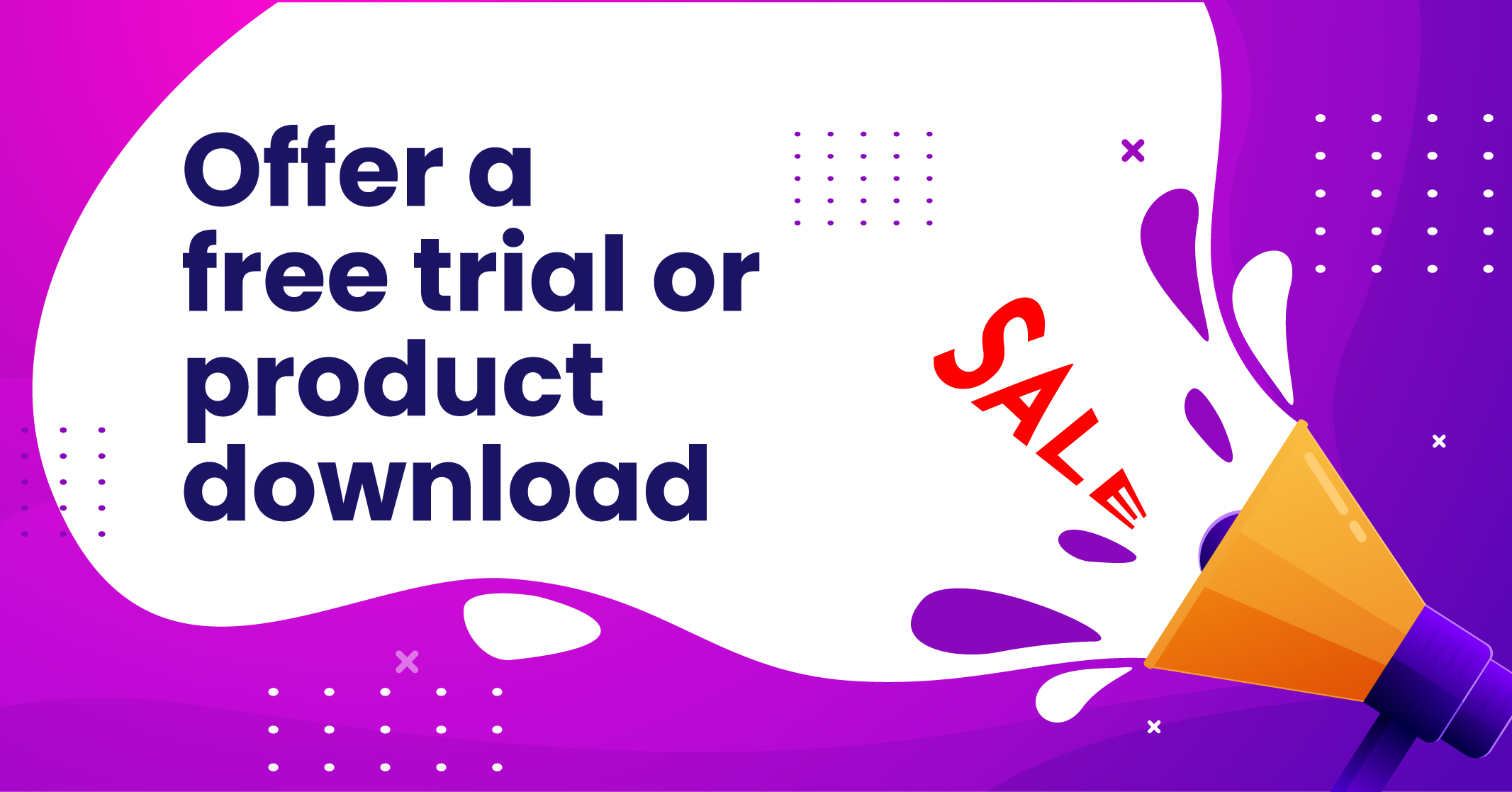
Merely attracting website visitors or content subscribers doesn’t guarantee their readiness to make a purchase. How can you qualify these leads and encourage them to complete the sales process?
One effective approach is to offer a free trial or product download. By providing a sample or access to your product, you allow individuals to assess its suitability for their needs and build trust in your brand.
However, it’s crucial to ensure that your free trial accurately represents the functionality of your app or software. If the product is too complex to grasp during the trial period, or if you offer limited access, it might not be sufficient to entice your audience effectively.
Alternatively, you can provide free downloadable resources such as guides. For example, Merchant Maverick offers a complimentary accounting guide for download. This not only generates a qualified lead for their mailing list but also enables regular marketing opportunities.
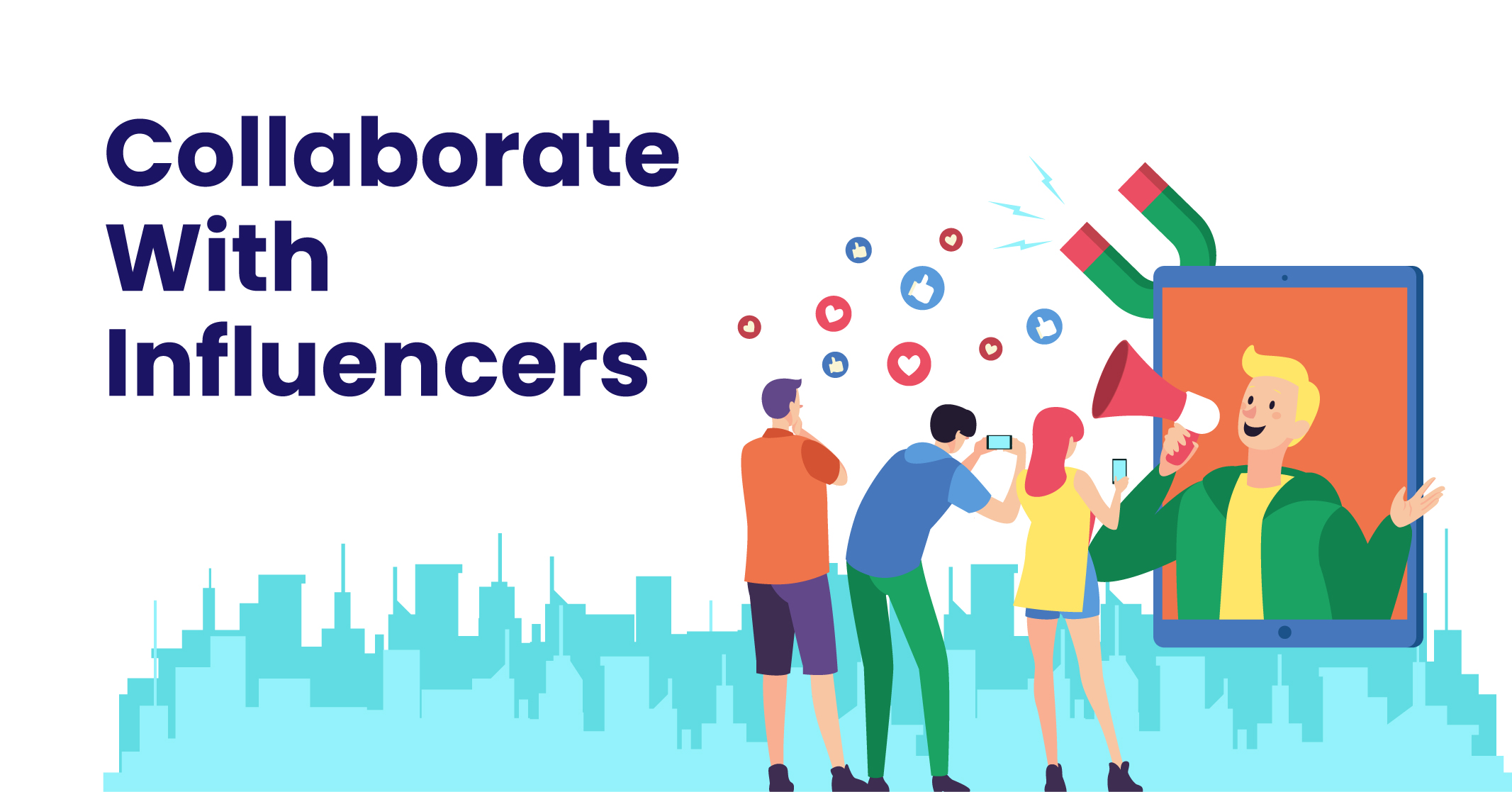
In today’s landscape, collaborating with influencers offers a reliable method to reach a wide audience with your product.
By leveraging the influence and persuasion of these individuals, you can effectively encourage their followers to engage in various actions such as trying a new clothing brand, downloading an app, subscribing to a box, or partnering with a specific business. Influencers play a significant role in both B2C and B2B marketing, with B2B influencers encompassing tech experts, analysts, and industry leaders.
Regardless of your B2C or B2B focus, utilising influencers can contribute to B2B lead generation. Here’s a precise approach to follow:
Learn More: The Dos and Don’ts of Influencer Marketing
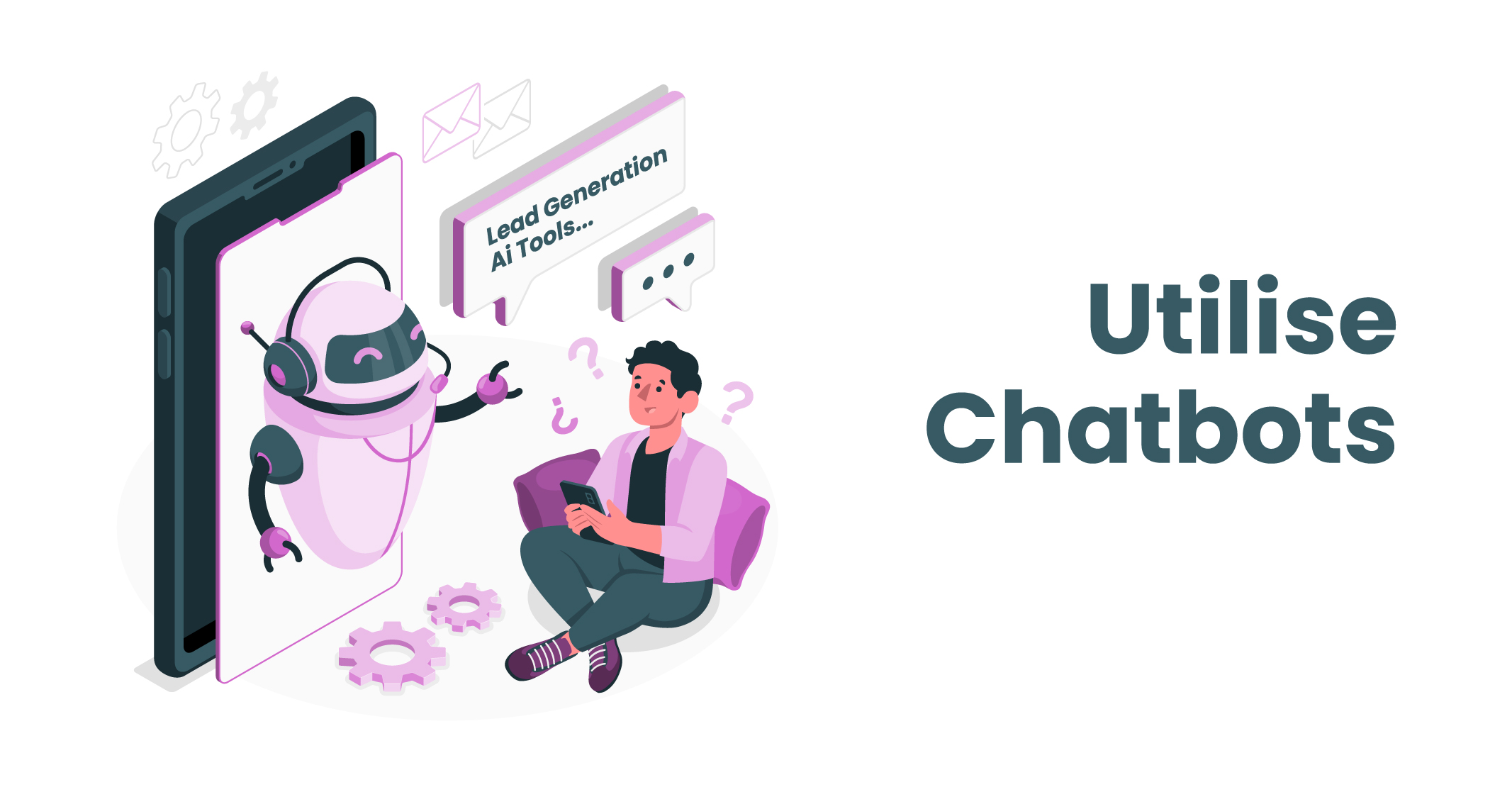
Chatbots are a valuable tool for lead nurturing, complementing the efforts of your salespeople. They offer automation throughout the sales journey and contribute to increased lead generation, with over 50% of businesses using AI-powered chatbots experiencing improved lead quality.
Here’s how you can leverage chatbots effectively:
Nurturing leads is a crucial step in the sales process, and automating this process can bring significant benefits. Email marketing is a highly effective method for nurturing leads, offering both drip-feeding capabilities and impressive ROI. Research by the Direct Marketing Association reveals that email marketing generates an ROI of $36 for every $1 spent.
To automate your lead nurturing via email, follow these steps:
By implementing an automated email nurturing strategy, you can effectively educate and engage leads, increasing the likelihood of conversion.
Learn More: The Best Email Marketing Tips You Could Ask For
A qualified lead refers to a prospective customer who has shown genuine interest in a product or service and is deemed more likely to make a purchase. This determination can be based on factors such as their contact information, demonstrated interest or alignment with the ideal customer profile.
Identifying qualified leads involves various methods, such as analysing website activity, monitoring social media engagement, assessing email interactions and evaluating other interactions with your brand. Lead scoring systems or data and analytics can also aid in the identification process.
In contrast, a prospect is a potential customer who has displayed interest in your offering but may require further nurturing or qualification before becoming a qualified lead. The key distinction lies in the higher likelihood of conversion associated with a qualified lead compared to a prospect.
To expand your business, it is crucial to master the art of lead generation and acquire more leads. However, it is equally important to prioritise the quality of leads over sheer quantity. After all, the goal of lead generation is to attract new customers and enhance your brand’s growth. Therefore, your focus should be on generating qualified leads.
By implementing the lead generation ideas and tips provided in this article, you will gain valuable insights on how to increase your lead count effectively. Engage in A/B testing to optimise your content, leverage webinars as a platform to connect with prospects, offer enticing lead magnets, establish a strong presence on social media and analyse the results.
If you find that these strategies do not yield the desired increase in leads, explore additional tips and tailor your approach to focus on the methods that prove most effective for your business.

LEAVE A REPLY